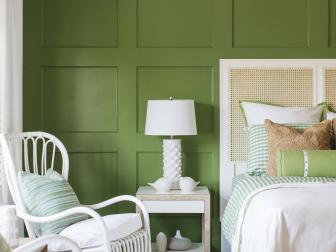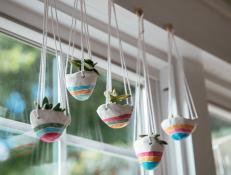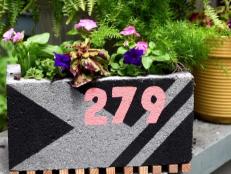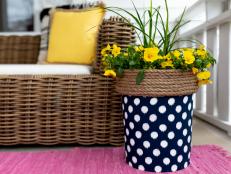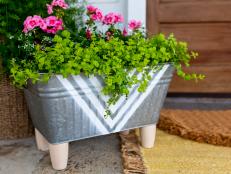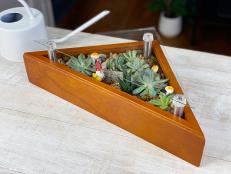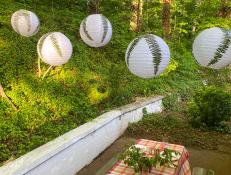Developing a Daily Creative Mindfulness Practice With Lorene Edwards Forkner
In her new book, Color In and Out of the Garden, artist and garden expert Lorene Edwards Forkner shares a personal project — daily watercolor color studies from her garden — that speaks to anyone yearning for a more intimate relationship with nature.
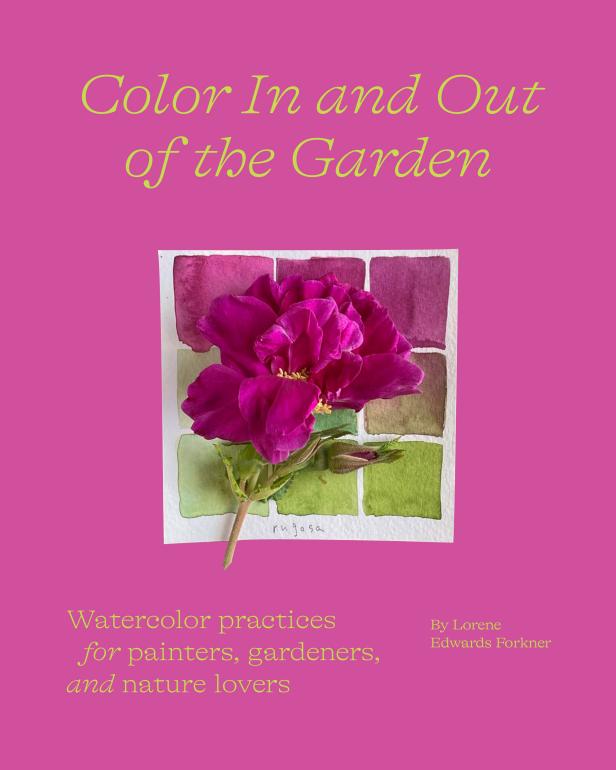
Abrams Books
Mindfulness, creativity and daily routine all help to reduce or alleviate stress, which makes Lorene Edwards Forkner's new book a must-read for anyone looking to relax and re-center (and who isn't?). Color In and Out of the Garden serves as inspiration and a guide for developing a daily mindfulness practice that embraces mindful activity rather than stillness — something many people, including the author herself, find hard to embrace.
Personal joy is at the heart of Lorene's paintings — she does it “primarily for me” she says — but when Lorene began posting the watercolor studies to her Instagram feed a few years ago, she was surprised by the overwhelming response. That’s what led to the book: a desire to share. Here, Lorene shares more details about her new book, her watercolor practice and her gardening life, with HGTV.
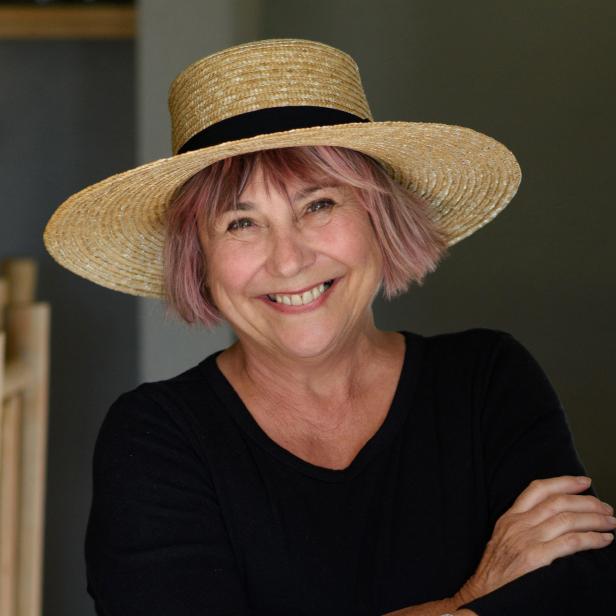
Mary Grace Long Photography
Seattle-based Lorene Edwards Forkner is a former plant nursery owner turned garden writer and artist. Her other books include Handmade Garden Projects and The Beginner's Guide to Growing Great Vegetables.
HGTV: In your preface, you talk about how you developed this daily watercolor practice as a way to process and cope with grief. You were already a longtime gardener. How did adding an art practice to your gardening practice provide more solace than gardening alone could?
Lorene: The garden is the lens through which I see the world, yet as a garden writer, often my gardening practice, while nurturing, also needs to be productive: edibles, cut flowers, story ideas, plant trials — it’s my day job. My color study practice was just for me, my only intention was to make space in each day and simply show up and focus.
HGTV: The book and your practice are very much about seeing color. You mention suspending assumptions about color to truly see. You also say, in the passage called Recognizing Ripeness, that seeing color has a practical purpose in the garden. How can the artistic practice of seeing color help a gardener become more intuitive, and do you have other examples beyond recognizing ripeness?
Lorene: There’s a delightful feedback loop to identifying color; the more we look, the more we see. Paying attention with an open mind reveals hidden details. So, a simple pink rose or a purple pansy or an oyster shell becomes layered with colorful details. Echoing those “hidden” colors elsewhere in a garden creates a sense of harmony and flow in plantings.
In nature, color is a tool to capture the attention of all living creatures — it’s purposeful. Markings on petals direct pollinators to a flower’s cache of valuable pollen and nectar. Waiting for berries, tomatoes and peppers to develop their deepest color rewards gardeners with the most flavor and nutrition. In that way, color is a barometer of health. On a personal level, noticing all the stages of ripening, growth and even decline puts me in alignment with nature and the plants in my garden. There’s an old saying that the best garden amendment is the gardener’s attention.
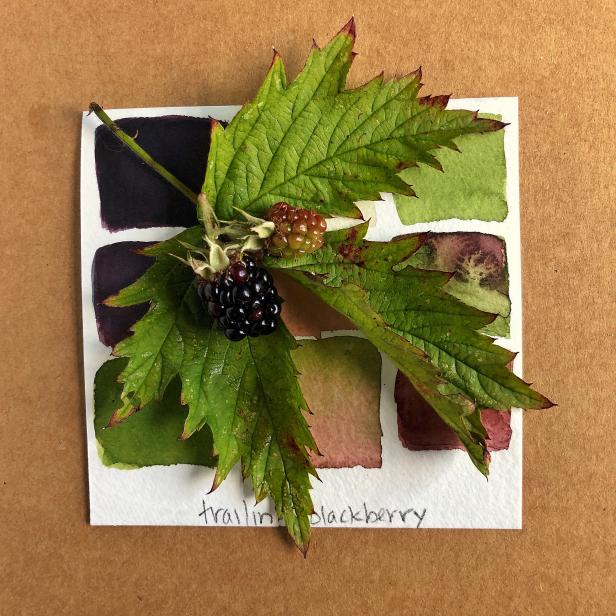
Abrams Books
HGTV: There is an element of play in your book. Culturally, it seems we’re beginning to allow ourselves time for meditation and mindfulness to combat stress, but we still seem hesitant to encourage adults to just play. Maybe sometimes play and mindfulness are one in the same. Any thoughts on the playfulness aspect of painting and gardening?
Lorene: Permission and commitment can sound daunting but, like with most tasks in and out of the garden, baby steps will get you there. Creating a simple color study based on something plucked from my garden puts me out among my plants in a way that’s different from planning and planting. Painting absorbs my attention, creating a spaciousness that feels very playful. In this way my garden is tending to me. Even a tiny interval is refreshing. Goodness knows life is full of challenges and stress — this ritual helped keep me sane over the past couple of years.
HGTV: While your book isn’t meant to be instructive about gardening or garden design, you do feature native plants as well as common weeds such as dandelion. Has the practice of getting to know certain plants through artistic study made you appreciate them more? Any examples?
Lorene: Indeed! I honestly believe I see more than I used to, simply because I’m always looking. Seedheads, stems, buds, even weeds and the occasional snail have been subjects for my color studies. Now when I’m out in my garden, on a walk, or just out in the natural world, I see things more expansively. I’m paying attention on a more generous level, and of course, what we pay attention to determines what we care about.
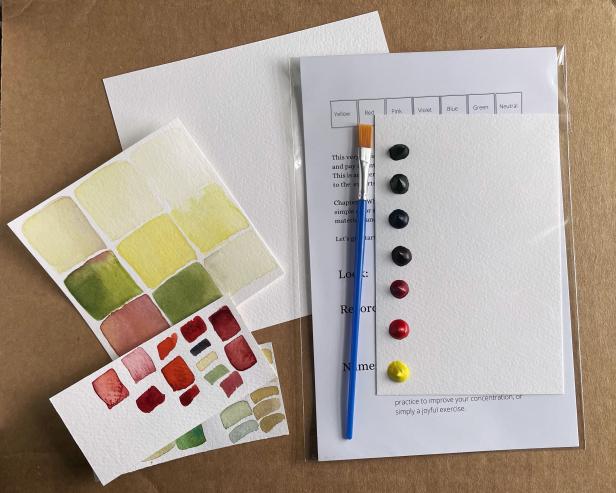
Abrams Books
Lorene's book includes details about her process of seeing nuanced color in nature and bringing it to the page.
HGTV: You mention the emotional value of the color green in a few places, including synesthesia and the “sound of green.” Biophilic design is, thankfully, a trend right now, and including green is of course part of that. Are you a gardener who brings the outdoors, including green, into your home interior as well?
Lorene: Researching colors for my book, I came across a study that said humans have evolved to see more shades of green than any other color on the spectrum because a green environment was hospitable and filled with nourishing plants. Survival was dependent on green. That perspective is a part of our collective memory. So of course, it would stand to reason that having green around us would help us feel secure. In addition to tending plants, indoors and out, the walls of my home are very colorful. The walls of my living room are a soft green, a color I had mixed to match a handful of moss and lichen. The exterior of our house is also green, a shade carefully chosen to look good against plants in the garden. Several interior rooms in our home have sky-blue ceilings, and a deep red hallway is a warm welcome to each day. I live in the Pacific Northwest where cloudy conditions are often pervasive, but it’s always clear skies inside.
Our Favorite Ways to Decorate With Green 50 Photos
See how to decorate with Mother Nature's favorite color. From accessories to paint shades, furniture and more, green elements inside your home mimic the calming effects of nature outside.
HGTV: In the passage Tides, you talk about daily practices having highs and lows. How do you push through the lows? Do you ever just not want to paint and to give yourself the day off instead? And how does your social community help to keep you going?
Lorene: Maintaining this practice for more than four years has made me aware of, and learn to accept, the cycles of my attention. Some days flow; others decidedly do not. But there’s always tomorrow, and the day after that. I try and be gentle with myself and forgive my resistance, provide I continue to show up and follow through. Thankfully, I know from experience that resistance will recede, and wonder will return if I just keep going. The community that has grown up around my color practice, both online and in real life, is precious to me. Color is common language that has allowed me, an avowed introvert, to connect with people all over the world in a very openhearted way.
Get your copy of Color In and Out of the Garden and start your own daily creative practice with Lorene's sage advice.







